FICCI Frames'15: Challenges in Digital as a monetization medium
Digital Disruption: Trends, Analysis, Insights & Projections
The session discussed the 360 degree disruption which the digital ecosystem has effected upon the entertainment sector and analyse future and current trends in the digital business in order for these platforms to become growth drivers in the truest sense.
The session saw eminent speakers like Abhay Deol, Actor & Producer; Elena Kim, Director, Content Acquisition & Business Development, Vimeo; Erik St. Anthony Pence, President N.America / Global Digital Strategy, Facebook Walla; Paolo Matteo Agostinelli - Chief Content & Business Development Officer Tata Sky Ltd; James Veraldi, Digital Media Advisor, LA and moderated by Pooja Kohli, Founder, Filmkaravan
At the onset Paolo addressed the audience by saying there needs to be a willingness to change.
Adding on to that Erik said, “The biggest problem in bringing content is windowing, it has been created such that satellite takes it digitally and that’s when it becomes difficult to monetize the same.”
When Kohli raised a question of what content works on digital, Abhay Deol said, “When you have ‘x’ amount coming, the new technology might help people like me to make my content available to my audiences and making more money that what I would have made otherwise. It’s all about knowing where your audience lies.”
James adds, “Great content is great content and bad content is bad. We’re now relying on traditional distribution to get it marketed in this digital world. One has to develop digital in the right way. One can reach the consumer directly than going through other platforms.”
Taking it from there Erik said, “It’s also about building an audience to that time. Marketers should think digital as a marketing platform and not just as a medium to market. It’s much more than that.”
Paolo agrees to James about one reaching out directly to their consumers because of technology.
Kohli stresses on the utilization of content according to user behaviour. She raises a question to the panel on what has happened with the launch of Hotstar and is digital going to have a play with premium or free.
James responds to her question by saying, “Payment mobilization in India is a challenge. Hotstar went right by going free to increase subscriber base. The success of Hotstar has been a marketing gimmick. They touched so many eyeballs that neither print nor television could do by launching iton the digital platform and as an app. And with that it reaches out to maximum number of people due to mobile penetration being large in the country.”
Speaking about whether it could be free or premium he said, “There could be a premium of it but who could really pay for that is a really small percentage of the Indian audience. They could probably look at it at a later stage.
Erik pitches in and says, “A free model is not a sustainable long term model. They need to bring in a premium model.”
Sharing insights on other similar platforms internationally James said, “Netflix knows that it’s a premium brand. Similarly, Amazon knows it’s a household brand. While these two brands provide original content, Hotstar will move to providing original content in time to come.”
Kohli sums it up by saying that there are content challenges, payment gateways, content creators and of course infrastructure is an issue.
On a question raised from the audience about is windowing the only way Paolo said, “Currently yes, windowing is the only way. Windowing is about how you can maximize revenue. Piracy happens not because of an intention to cheat but because we live in a generation where people want things very fast.
Concludingly James speaks about whether Video on Demand (VoD) is a threat to theatre as today we see a lot of movies being released on the digital platform instead of theatres. He said, “The VoD market is not a threat to theatre. It’s more people wanting to get out of the house and have that theatre experience which one will not get on VoD and if we see internationally there have been movies which have done million dollars when they were launched simultaneously on both platforms. Of course VoD is a growing trend, but not a threat to theatre.”
Making money off the digital native – sustainable revenue models
Bandwidth limitation, high data charges, content size, piracy, payment mode, pricing and content production and aggregation were some of the major issues that OTT (over-the-top content) faced in India, stated William Pfeiffer, CEO, Dragongate, in his opening remarks on day three of FICCI FRAMES 2015 in a session on ‘Making Money off the Digital Native - Sustainable Revenue Models’ which was moderated by Matthew Amroliwala, Presenter, BBC Global News.
The digital consumer is on his way to becoming the M&E king. It is he who will dictate future content trends, platform specifics and most importantly – revenue flows. How can the vast media and entertainment ecosystem channelize its vision towards a sustainable revenue system reaping off the all-encompassing digital landscape – overhauling payment gateways, broadband speed and consumer sensitisation were some of the issues discussed by the eminent panellists at the session?
Pfeiffer said that the future of digital lies in focusing on regional languages, catering to unique demands of consumers, discovering new talent, keeping a track of changing socio dynamics where consumer would switch to event-based viewing, creating great content, engaging in compelling interactions and adopting new technologies for serving the audience better.
Ajit Mohan, Head, Digital, Star India, said that from a consumer’s point of view, OTT space in India has been underserved but now it is fast gaining a market and India needed to shape its own unique revenue model and innovate as it had a mass market for digital. He added that the audience is ready to consume real content and now is the time to leverage it.
Gurmit Singh, MD, Yahoo India, said that key to building a sustainable revenue model in digital is to understand the audiences’ choice and preferences. The technology today was allowing the service providers and content creators to collect more data that could help in understanding a consumer’s needs. However, he added that advertisements need to be in a subtle and receptive environment, rather than being forced for increasing the probability of them being consumed and viewed by the audience.
Kenny Ye, Managing Director, UCWeb India, said that the Indian Government’s launch of ‘Digital India’ campaign would enable the digital platform to reach wider audiences. Internet through mobile technology would connect people and the relationship between service provider/business and consumers is the central to this economics.
Srinivasan Gopalan, Director and CEO, Global Voice & Data Business, Airtel, said that confluence of operators and content providers and an enabling ecosystem was needed for the digital platform to create a successful revenue model. He added that in India Internet usage was primarily taking place through mobile and the need was to look at revenue models that could support the Internet on mobiles. By Archit Ambekar | Twitter: @aambarchit


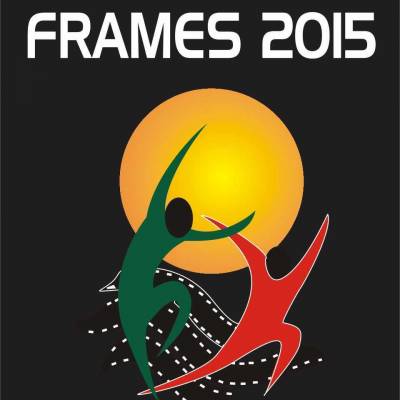
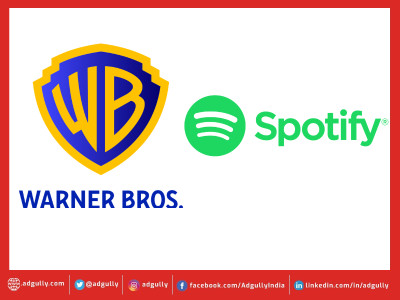
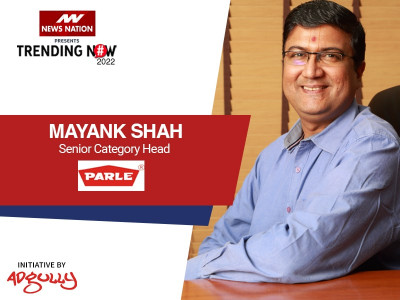
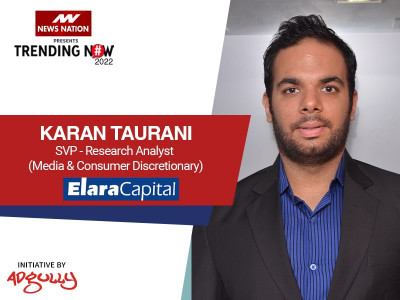
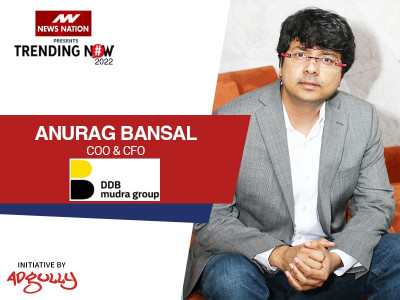

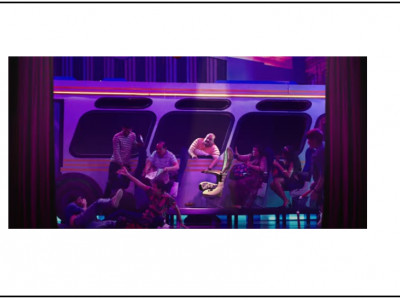

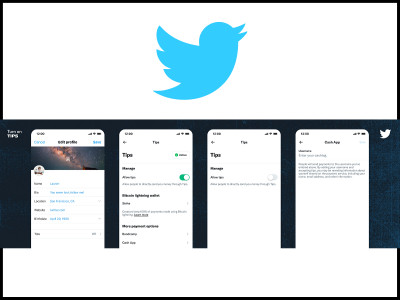
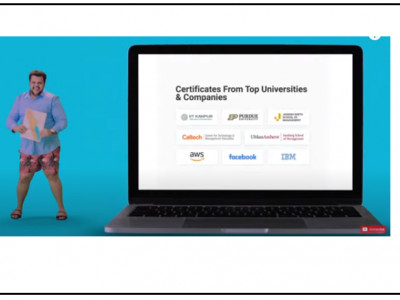




Share
Facebook
YouTube
Tweet
Twitter
LinkedIn